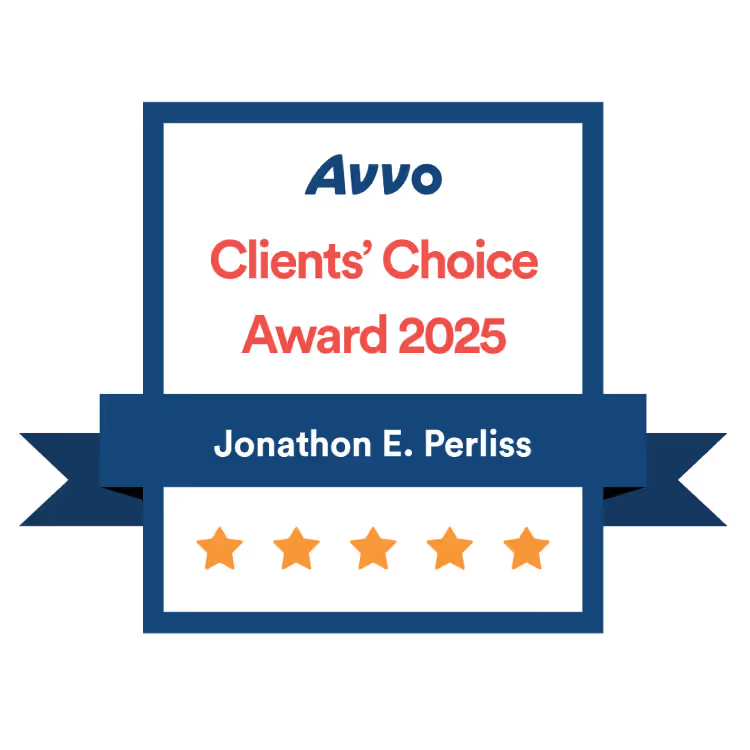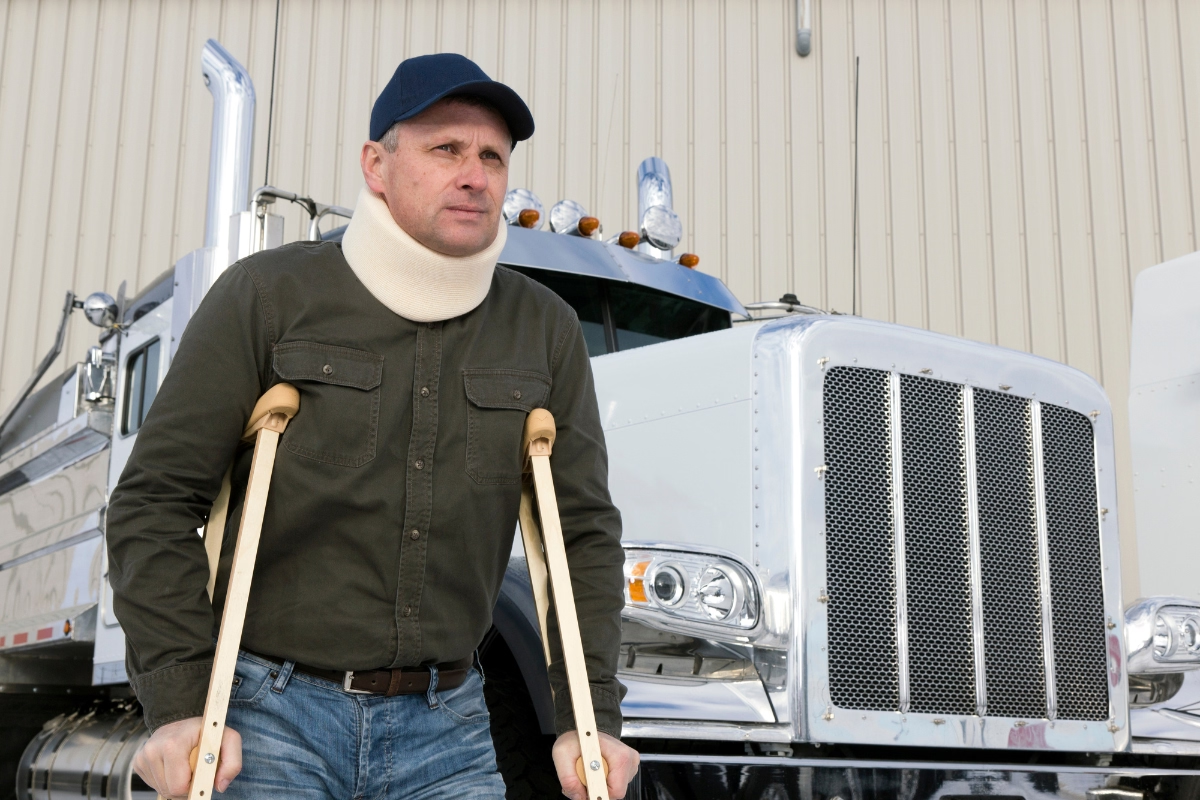ICE Arrests Are Increasing. Detained or facing deportation? We can help with bond hearings and removal defense.
ICE Arrests Are Increasing.
Learn More
When someone deliberately harms you, the impact goes far beyond physical pain. Victims of assault, battery, or other intentional wrongdoing often face deep emotional scars, expensive medical treatment, and a profound loss of trust in their communities. Unlike accidents, these injuries result from someone’s conscious choice to cause harm, making your case both stressful and urgent.
If you have suffered an intentional injury in the San Gabriel Valley, you need a legal team that understands the unique challenges such claims present. At Perliss Law Firm, we provide free, confidential consultations in English and Mandarin. We handle every aspect of your claim on a contingency-fee basis, so you pay nothing unless we secure compensation for you.
Our tailored legal services prioritize your individual needs, ensuring that your unique situation and challenges are addressed effectively through personalized legal counsel. Our experience with state statutes and local court procedures ensures your rights are protected from day one. Contact Perliss Law Firm today to discuss how we can help you hold the responsible party accountable and recover the justice you deserve.









Personal injury law is a complex and nuanced area of law that deals with cases where an individual suffers physical, emotional, or psychological harm due to the negligence, recklessness, or intentional actions of another party. Personal injury cases can arise from various situations, including car accidents, slip and fall accidents, medical malpractice, and wrongful death. In California, personal injury law is designed to protect the rights of injury victims and provide them with fair compensation for their losses.
Experienced personal injury lawyers are crucial in helping clients navigate the legal process and securing the compensation they deserve. Filing a 'personal injury lawsuit' is crucial to seek compensation for intentional injuries.
An intentional injury occurs when someone acts with the purpose of causing harm or knows that harm is substantially certain to result from their actions.
Under California law, these claims fall into the category of intentional torts, which require proof that the defendant acted deliberately rather than through negligence. Unlike accident claims, where fault hinges on carelessness or a deviation from a reasonable standard, intentional injury cases focus on the wrongdoer’s state of mind at the time of the act. Intentional injuries often involve 'intentional misconduct', which can lead to significant legal consequences.
To prevail in an intentional injury case, you must prove by a “more likely than not” standard that:
The defendant’s actions were wrongful
They intended to harm you or knew harm was nearly certain
You suffered real injuries or financial losses because of those actions
Common examples of intentional acts of wrongdoing include:
An intentional act that places you in fear of imminent harmful or offensive contact.
The intentional and unlawful use of force against another person resulting in harmful or offensive contact.
Willful confinement or restraint of a person without legal authority or consent.
Outrageous conduct that causes severe emotional trauma.
Intentional intrusion upon another’s body or private property without permission.
By understanding how intentional injury differs from negligence, you can appreciate why these cases demand unique legal strategies to demonstrate the act’s deliberate nature and the full extent of your losses. An experienced attorney will gather evidence of intent, such as witness testimony and communications, to build a strong foundation for your claim.
Intentional injuries occur in a variety of situations where one party deliberately harms another, often resulting in significant physical injuries. Understanding the most frequent scenarios helps victims and their attorneys identify liable parties and gather the right evidence.
A physical attack or unwanted contact can happen in bars, on the street, or during domestic disputes. Perpetrators often act out of anger, jealousy, or self-defense claims. Severe assaults or battery can result in traumatic brain injuries.
Conflicts with coworkers, clients, or customers can escalate into physical confrontations that leave employees with serious injuries.
Planned assaults, such as those carried out with weapons, show clear intent and often result in felony charges and civil liability.
Harassing or threatening behavior in the workplace or personal relationships can cause severe psychological trauma, even in the absence of physical contact.
Being locked in a room, restrained against your will, or prevented from leaving a location constitutes a deprivation of personal liberty.
Intentional damage to personal property, such as vandalism or theft, can accompany acts of assault and lead to additional civil claims.
Each type of intentional injury claim requires proof of deliberate conduct. An attorney will collect witness testimony, video surveillance, medical reports, and written communications to demonstrate the wrongdoer’s state of mind and establish your right to compensation.

Taking prompt, deliberate steps after an intentional injury protects your health and strengthens your legal claim. Following these guidelines can make a significant difference even when emotions run high.
Your safety comes first. Have a doctor document all injuries, no matter how minor they seem.
Call 911 in emergencies or file a police report to create an official record of the assault or abuse.
Keep clothing, take photos of your injuries and the scene, and save any threatening messages or objects used in the attack. The role of insurance coverage is crucial in documenting and supporting your claim, as it can significantly influence the compensation potential.
Ask anyone who saw the incident for names and contact details. Eyewitness accounts are crucial in proving intent.
Write down everything you remember as soon as possible, including dates, times, and the sequence of events.
Do not post about the incident online—statements can be used against you or complicate your case.
Contact a lawyer experienced in intentional injury cases promptly to discuss your rights and next steps. Legal representation is vital to navigate the complexities of intentional injury claims, protect your rights, and maximize your compensation.
Following these steps helps ensure your injuries and the perpetrator’s actions are thoroughly documented, giving your attorney the evidence needed to pursue maximum compensation on your behalf.
Seeking medical treatment immediately after an accident or injury is essential for several reasons.
First, it ensures that the individual receives the necessary medical attention to prevent further harm or complications.
Second, medical treatment provides valuable evidence to support a personal injury claim, including medical records, test results, and expert opinions.
Third, seeking medical treatment demonstrates that the individual takes their injuries seriously and is committed to recovering from their losses. In California, personal injury lawyers often work closely with medical professionals to ensure that their clients receive the best possible care and to build a strong case for fair compensation.
Gathering evidence and building a strong case is critical to securing fair compensation in personal injury cases. This involves collecting and preserving physical evidence, witness statements, medical records, and other relevant documentation.
Experienced personal injury lawyers know how to investigate accidents, identify liable parties, and build a compelling case to support their clients’ claims. In California, personal injury lawyers may work with experts, such as accident reconstruction specialists, medical experts, and economists, to establish the extent of their clients’ losses and demonstrate the negligence or recklessness of the liable parties.


"I personally was recommended to Sanford Perliss. My situation was dire. After our first meeting I Immediately felt relieved, I knew I was in good hands. He handled the case diligently and with the utmost professionalism. I don't know where I would be without the help of this man. Thank you Sandy, I will recommend you to anybody I know."


"I can’t thank Perliss Law Firm enough for their outstanding representation. I felt confident I was in good hands from the moment I walked into their office. They explained every step of the process regarding my case and made sure I was fully informed about my options. Perliss Law Firm is professional and cares greatly about their clients. Highly recommend!"


"Perliss Law Firm’s attorneys are extremely experienced and skilled。 They treated me with respect and were always available to answer any questions I had. I am extremely grateful and would recommend their firm if you’re looking for a dedicated and trustworthy defense team."

Victims of intentional harm may be entitled to several types of compensation designed to address both tangible losses and the emotional impact of a deliberate attack. Unlike negligence cases, courts often award punitive damages in intentional injury claims to punish the wrongdoer and deter similar conduct. Additionally, victims can recover damages for both tangible and intangible losses.
You can recover costs for emergency care, surgeries, rehabilitation, prescription medications, and any future treatments related to the attack.
Compensation covers income you lost during recovery, as well as diminished ability to earn in the future due to lasting impairments.
If your personal property was damaged or destroyed during the incident, you can seek reimbursement for repair or replacement.
Non-economic damages compensate for physical pain, emotional distress, anxiety, and loss of enjoyment of life caused by the intentional act. Negotiating a fair settlement is crucial to ensure just compensation for these non-economic damages.
You can pursue damages for trauma, post-traumatic stress disorder, or other psychological effects directly resulting from the assault or abuse.
Spouses or family members may claim damages for the loss of companionship and support following an intentional injury to a loved one.
In cases of malicious or extremely reckless behavior, courts may impose punitive damages to punish the defendant and discourage future misconduct.
A skilled attorney will work with medical professionals, economists, and mental health experts to accurately quantify each type of loss. This thorough approach ensures that your compensation reflects your immediate needs and long-term recovery goals.
Choosing a local attorney in San Gabriel offers distinct advantages for anyone pursuing an injury claim. A lawyer based in your community understands the procedures and expectations of the Los Angeles County courts and knows the local judges and jury pools. This familiarity can streamline your case and help anticipate potential challenges before they arise.
Additional benefits include:
Your attorney is well-versed in San Gabriel’s filing requirements, hearing schedules, and procedural nuances, reducing delays and errors.
Established relationships with nearby medical providers, accident-reconstruction experts, and private investigators speed evidence gathering and strengthen your claim.
A local lawyer can visit the accident scene or relevant businesses promptly to secure photographs, surveillance footage, and witness statements before they disappear.
Being in the same region means easier in-person meetings, timely updates, and quick responses to your questions or concerns.
A community-focused attorney tailors their strategy to local road conditions, traffic patterns, and common accident hotspots, ensuring your defense is both relevant and effective.
By hiring a San Gabriel attorney, you gain an advocate who not only knows your legal rights but also shares your investment in the community’s well-being and is committed to securing the best possible outcome for you.
California law generally requires you to file an intentional injury lawsuit within two years of the date the harm occurred. If the injury or its cause was not immediately discoverable, the deadline may extend to two years from the date you became aware of both the injury and the defendant’s role. Victims under 18 at the time of the incident have until their 20th birthday to file. Missing these deadlines will almost certainly bar your claim, regardless of its merits.
Two-year general deadline under California Code of Civil Procedure section 335.1
Discovery rule exception for delayed awareness of harm
Tolling for minors until their 18th birthday, extending the deadline to age 20
An experienced attorney will ensure your claim is filed on time and advise you on any applicable exceptions.

Perliss Law Firm provides dedicated advocacy for victims of intentional injuries, ensuring your claim is handled with urgency and expertise.
Discuss your case in English or Mandarin at no cost and with no obligation.
You pay nothing unless we secure compensation on your behalf.
We gather witness statements, scene photos, and any available surveillance footage to establish the defendant’s intent.
We work with medical professionals, mental-health experts, and accident-reconstruction specialists to document your injuries and emotional trauma.
Our attorneys negotiate with insurers and opposing counsel to achieve maximum settlements, including punitive damages when warranted.
If negotiations fail, we prepare and present your case at trial, delivering compelling arguments and cross-examining witnesses.
You receive regular updates and clear guidance at every step, so you always understand your options and next steps. Our experienced personal injury lawyer will work tirelessly to secure the best outcome for you.
With Perliss Law Firm by your side, you gain a legal partner committed to holding those who harmed you accountable and obtaining the justice and compensation you deserve.
An intentional injury claim requires proof that the defendant acted deliberately to cause harm or knew that harm was substantially certain to result. In a negligence claim, you must show only that the defendant failed to exercise reasonable care, leading to an accidental injury.
Evidence of intent may include witness testimony of threats or aggressive behavior, surveillance footage, text messages or emails showing a plan, and expert analysis of the force and manner of the attack. Your attorney will gather and present this evidence to meet the burden of proof. Additionally, evidence can show that the injury was a result of someone else's negligence or intentional actions.
Yes. You can use your own uninsured or underinsured motorist coverage (if applicable), pursue a civil lawsuit directly against the defendant, and, in some cases, seek compensation from assets or garnished wages post-judgment. This is particularly relevant in cases involving a car accident caused by another driver in the context of intentional injury claims.
Civil and criminal cases proceed on separate tracks. Pursuing a civil lawsuit does not interfere with criminal prosecution. However, evidence and testimony developed in one case can sometimes be used in the other, so coordination by experienced counsel is important.
Timelines vary depending on the complexity of the injuries, the strength of the evidence, and whether the case settles or goes to trial. Many cases resolve within 12 to 18 months, while those requiring trial and appeals can take longer. Your attorney will provide regular updates and realistic timeframes.

If you have suffered an intentional injury in San Gabriel or anywhere in Los Angeles or Riverside County, do not delay seeking legal help. Perliss Law Firm offers free, confidential consultations in both English and Mandarin to review your case and explain your options. We handle every claim on a contingency-fee basis, so you pay nothing unless we secure compensation on your behalf. Contact Perliss Law Firm today to protect your rights and pursue the justice you deserve.
At Perliss Law Firm, we are dedicated to advocating for our clients' needs and ensuring maximum recovery for the damages sustained. We pride ourselves on providing compassionate and effective representation, emphasizing a client-centric approach to legal support.
